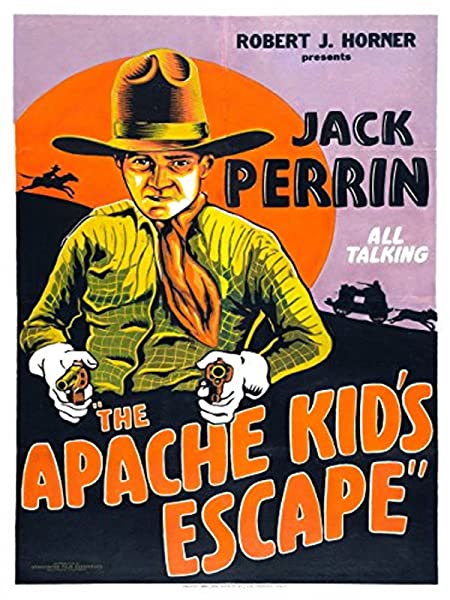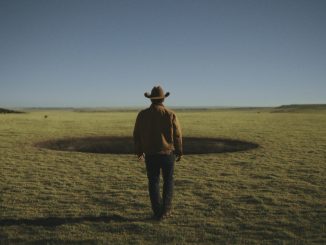![13film[LEAD]-Concrete Cowboy](https://chico.newsreview.com/wp-content/uploads/2021/06/13filmLEAD-Concrete-Cowboy-678x381.jpg)
I’ve been enjoying the peculiar freedoms of “streaming in place,” but I’ve also been finding that, as a movie reviewer, the paths I’ve been following seem increasingly personal and idiosyncratic. Without the regimen of weekly reviews and new releases in local theaters, I have access to multiple new or recent releases as well as the freedom to wander among classics and older films and all sorts of intriguing marginalia online.
In recent weeks, that approach has held true but with viewing tendencies leaning more toward the old movies/marginalia end of the spectrum. And as it happens, several of the newer movies I’m about to recommend aren’t exactly “brand new.”
By some mildly ironic chance, as movie theaters in general get closer to reopening, the best foreign film I’ve seen recently is Portrait of a Lady on Fire, the film I would have been previewing for its opening at the Pageant Theatre when the lockdown first went into effect. Céline Sciamma’s film is an exquisitely atmospheric period piece and character study, and an impassioned meditation on love and art as well.

Ricky Staub’s Concrete Cowboy (Netflix, 2021) is a modern day father-son tale set among the African-American horsemen riding out of the stables in a Philadelphia neighborhood. Its hybrid mixture of social document and redemptive drama works well as an urban western with contemporary bite to it. Idris Elba is the father, Caleb McLaughlin is the son, and both deliver with quiet conviction.
The Good, the Bad, the Weird is from 2008, but it’s new to me, and my chance encounter with its seriocomic mixture of spaghetti western and Asian action movie proved unexpectedly compelling. The action scenes of South Korean director Jee-woon Kim are generically fantastical but not at all lacking in convincing physical gravity. The ferociously picaresque tale involves two outlaws and a bounty hunter pursuing a treasure map in Manchuria circa 1940. The overall result sometimes feels like an extremely rowdy mixture of Buster Keaton, Sergio Leone and Akira Kurosawa.
As for marginalia and old movies, I continue to enjoy serendipitous encounters with little treasures from the first 40 years of film history (1900-1939, let’s say), especially silent and early sound-era westerns. For me at least, in its more rewarding moments, that sort of browsing and viewing becomes a kind of armchair time-travel moving through illuminated landscapes. Examples abound, and perhaps I’ll say more about them sometime soon.

Recently, such travels have brought me into the very peculiar territory of Robert J. Horner’s no-budget westerns. Horner’s films have an ultra-marginal cult following as the worst low-budget westerns ever made. That reputation is richly deserved, but attentive latter-day viewers may find that the loony ineptitude of Horner’s films gives them a curious kinship with the dazed homemade surrealism of experimental films made in the ’50s and ’60s. I don’t recommend The Apache Kid’s Escape (1930) of course, unless you’re up, or down, for that kind of (mis)adventure.




Be the first to comment